
The History of Rankin-Bass

No other animation name conjures holiday warmth and nostalgia as effectively as Rankin/Bass Productions. Arthur Rankin Jr. and Jules Bass founded the studio. It gained legendary status through its unique stop-motion approach known as “Animagic”. Additionally, it built an extensive collection of cherished television specials. Watching a Rankin/Bass special holds equal importance for millions of families during the holidays. Just like putting up the Christmas tree and gift-giving.
Former ABC art director Arthur Rankin Jr. began his partnership with producer and lyricist Jules Bass during the early 1960s. Videocraft International was the initial name of the partnership formed by Arthur Rankin Jr. and Jules Bass. It later transformed into Rankin/Bass Productions. Rankin/Bass Productions launched Return to Oz as their first major project in 1964. Yet their subsequent work created an enduring legacy in television history. NBC broadcast Rudolph the Red-Nosed Reindeer that same year. It immediately became an iconic television special. The adaptation of Robert L. May’s 1939 tale, combined with Johnny Marks’ song, became Rudolph the Red-Nosed Reindeer. It delighted viewers through its endearing characters, along with memorable tunes and stop-motion animation techniques. The special established itself as an annual holiday tradition. Moreover, it currently stands as the most enduring Christmas show in U.S. television history.
Rankin/Bass became famous for Animagic because it used stop-motion animation, which required moving handcrafted puppets frame by frame. Talented Japanese artists completed this detailed work under Tadahito Mochinaga’s supervision, creating unique productions with timeless visual appeal. The studio also created traditional 2D animation. They sent it to Japan for production where future anime icons, Hayao Miyazaki and Isao Takahata, began their careers.
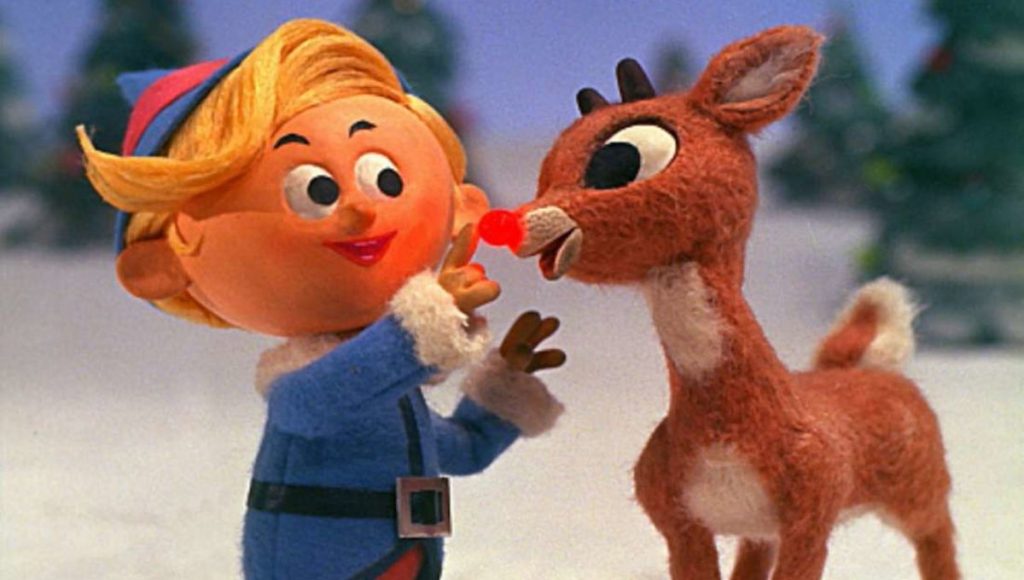
The success of Rudolph led its creators to produce a series of holiday specials like Frosty the Snowman, Santa Claus Is Comin’ to Town, The Year Without a Santa Claus, The Little Drummer Boy, and Jack Frost. Holiday figure mythology expanded with each new special while introducing audiences to new characters they could love. The holiday specials gained their unique charm through songs written by Maury Laws with lyrics from Jules Bass which combined warmth with humor and heartfelt emotions.
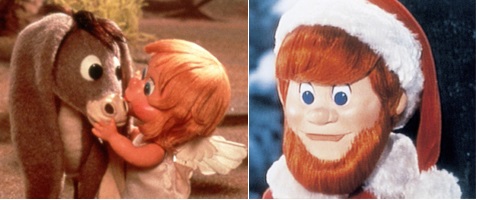
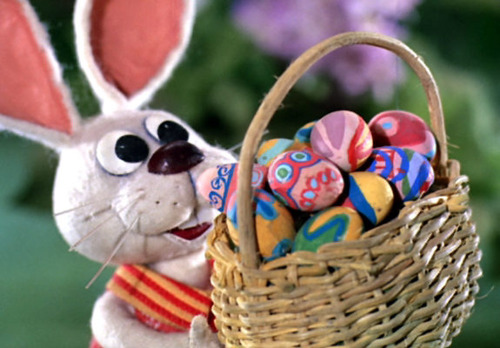
Beyond Christmas
But Rankin/Bass didn’t limit themselves to Christmas. In 1967, they released Mad Monster Party? The 1967 stop-motion film Mad Monster Party? brought Halloween monsters together to tell a fun story. The studio created animated versions of The Hobbit in 1977 and The Return of the King in 1980 to introduce young audiences to Tolkien’s fantasy world. Tolkien. The Rankin/Bass studio launched the cult fantasy film The Last Unicorn in 1982 which maintains a dedicated following today.
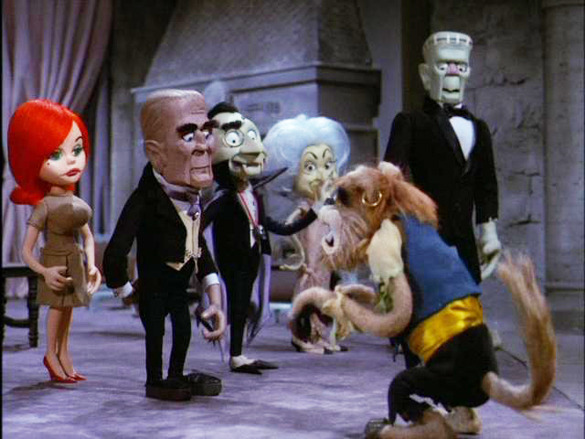
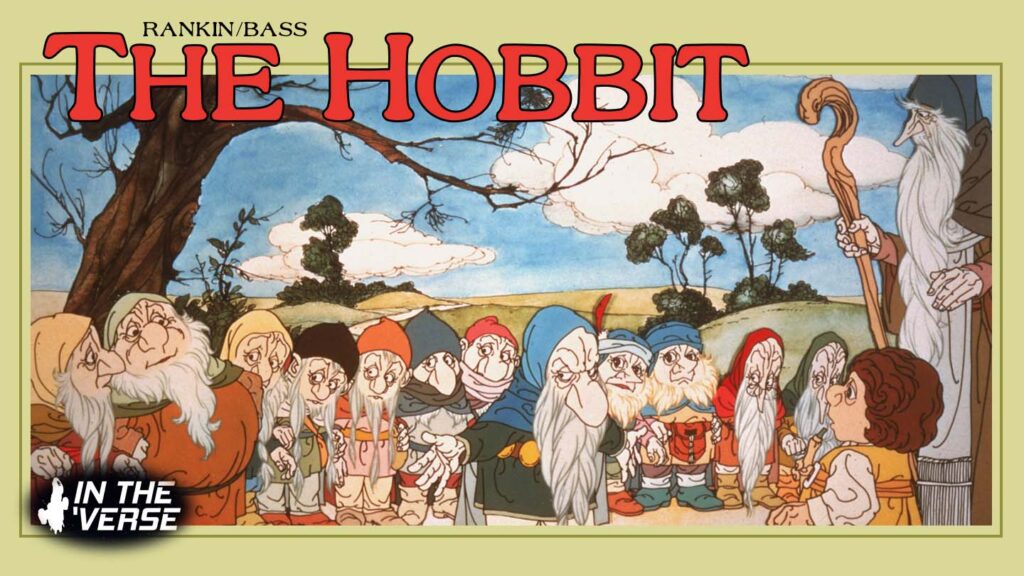
Even though Rankin/Bass stopped producing films in the 1980s their work continues to remain relevant today. Their holiday specials are broadcasted every season and now reach new audiences via digital platforms. The original production materials including puppets and props now serve as collector’s items stored in museums and private archives. The Rankin/Bass legacy persists today within modern pop culture through movies like Elf and TV skits from Robot Chicken.
Rankin/Bass created lasting traditions beyond their production of television specials. Their combination of creative storytelling alongside handcrafted artistry and soulful music established today’s holiday experience. Their timeless characters from Rudolph and Frosty still manage to unite families and bring joy to people according to the original vision of Arthur Rankin Jr. and Jules Bass.
Today, you can still see these nostalgic holiday specials as many of them return annually, beamed to television sets every Christmas season. And, if you want to learn more visit The Enchanted World of Rankin-Bass.



